From Mad Max to Furiosa: Every George Miller movie, ranked
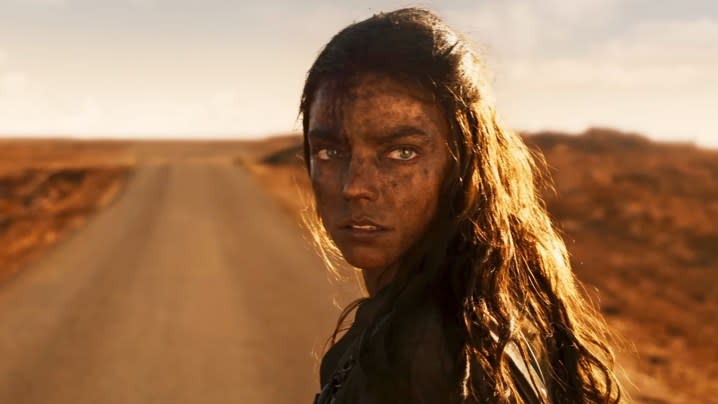
- Oops!Something went wrong.Please try again later.
- Oops!Something went wrong.Please try again later.
Australian director George Miller is one of the great cinematic visionaries of his generation. Once a medical student taking film classes on the side, Miller turned his morbid fascination with car accidents into a cult-classic action film, which in turn gave birth to one of cinema’s most exciting and intriguing worlds.
Not content to make bombastic postapocalyptic chase movies forever, Miller then tried his hand at raunchy comedy, dour adult drama, and wholesome family entertainment in both live action and animation. When he returned to his chrome-plated world of gas-guzzling road warriors, he delivered one of the greatest action films of all time.
He is a unique and thrilling visual stylist, a technological innovator, and just as importantly, a wise and thoughtful storyteller who proves that style and substance need never be mutually exclusive. But has he ever made a clunker? Your mileage may vary, but here’s how we think his filmography stacks up.
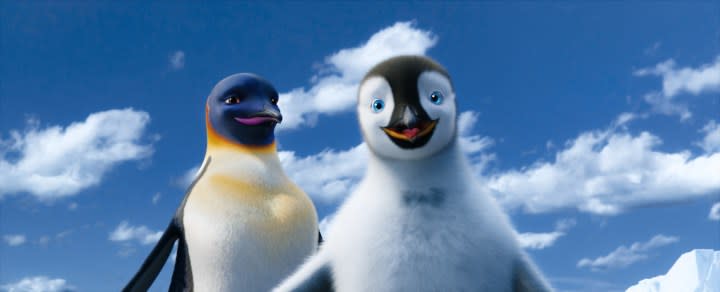
10. Happy Feet Two (2011)
Like its Oscar-winning predecessor, Happy Feet Two endeavors to tell a whimsical tale about Antarctic wildlife that’s packed with both familiar pop songs and ambitious existentialist and environmentalist themes. This time around, however, the style and the stakes simply don’t line up, and the result is a George Miller’s one and only forgettable movie.
Still, its message about the importance of each and every small part of our interconnected world shines through, and the finale (set to Bowie and Queen’s Under Pressure) is an undeniable tear-jerker. Even on his worst day, Miller knows how to push our buttons.
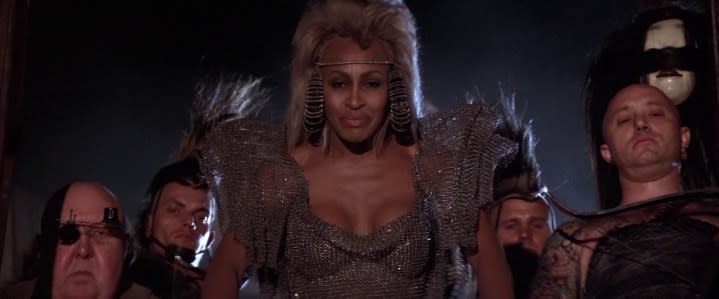
9. Mad Max Beyond Thunderdome (1985)
The third chapter in the Mad Max saga may have more Hollywood polish than its predecessors, but that additional production value comes at the cost of its handmade indie charm. Beyond Thunderdome expands the canvas of the Mad Max postapocalypse, as tiny new civilizations begin to crop up in the wasteland with their own rules, rituals, economies, and beliefs. Pop star Tina Turner is totally solid in her rare acting turn as the villainous Aunty Entity, and there’s a charming specificity to her fiefdom of Barter Town (and of course, the titular gladiatorial arena). But on the whole, Mad Max Beyond Thunderdome feels oddly like a generic adventure film — at times, even a family adventure film, totally at odds with the rest of the series. Blame the rousing score or the number of precocious children in the cast, but absent nostalgia for viewers of a certain age, this one doesn’t have a lot going for it.
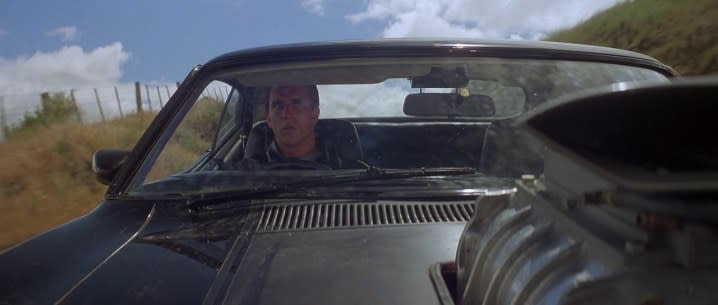
8. Mad Max (1979)
Judged against his later works, supported by studios and informed by years of professional experience, the original Mad Max looks pretty rough. Its story is a bit thin, its themes are a little muddled, and its performances are amateurish, even by pulpy B-movie standards. But for a debut feature from a medical doctor with a bare minimum of formal education or on-set experience?
Good golly, does it cook. Mad Max is remarkable for the sheer audacity of Miller and his producing partner Byron Kennedy, who aspired to the silent film efficiency of Buster Keaton and the grimy spectacle of Ozploitation, all while figuring it out as they went.
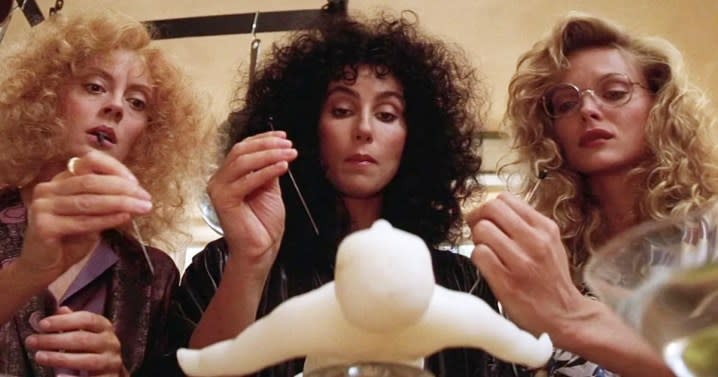
7. The Witches of Eastwick (1987)
A decade into his career as a director, George Miller had three successful features under his belt, all of which were Mad Max films. Rather than go to back to the well once again, Miller took on what was probably the last project anyone would expect — a goofy sex comedy about magic.
Its blend of comedy, fantasy, and horror isn’t always harmonious, but it’s hard to go wrong with a kooky romance starring Cher, Michelle Pfeiffer, Susan Sarandon, and Jack Nicholson all at the height of their powers. If nothing else, The Witches of Eastwick kicked off a string of wildly divergent projects for Miller, who after a decade in the wasteland was no longer interested in repeating himself. At least, not for a while.
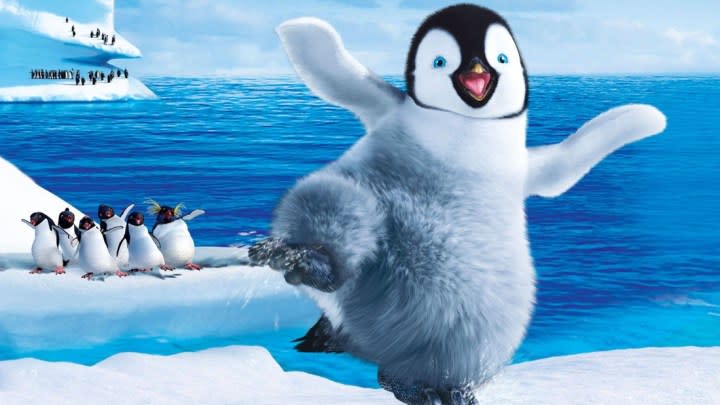
6. Happy Feet (2006)
Unsurprisingly for George Miller, this animated jukebox musical about a misfit emperor penguin has a lot going on under the surface. The basic kids movie allegory about how it’s OK to be different is just the tip of the proverbial iceberg, as the journey of the tap-dancing flightless bird Mumble (Elijah Wood) becomes an urgent call to action to preserve the precarious ecosystems of our fragile planet.
The song mashups and long dance numbers can get tiresome, but they also get out of the way during Happy Feet’s most sincere and compelling moments. Its animated models may look dated, but the motion-capture performances and virtual cinematography hold up swimmingly.
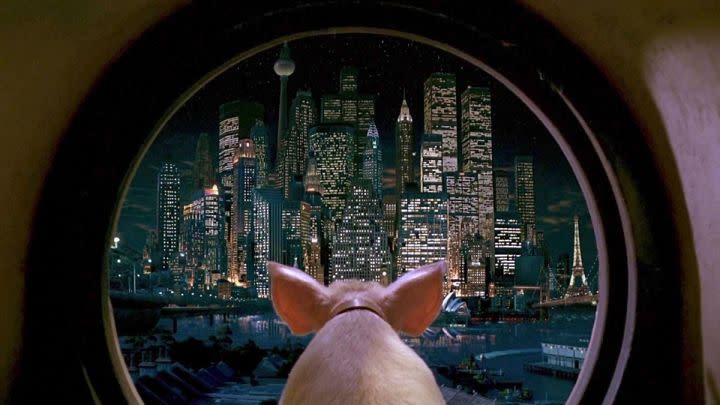
5. Babe: Pig in the City (1998)
The sequel to one of the most unlikely Best Picture nominees of all time, Pig in the City saw Miller take over the helm from former collaborator Chris Noonan and spin a new storybook yarn about Babe, a little pig with a big heart.
Though it received barely a lick of its predecessor’s critical success and was a failure at the box office, Pig in the City is a warm, thoughtful, and shockingly compelling story about the power of relentless kindness in the face of a cruel world. Totally episodic and yet never at a loss for momentum, Pig in the City is hands down George Miller’s best family endeavor.
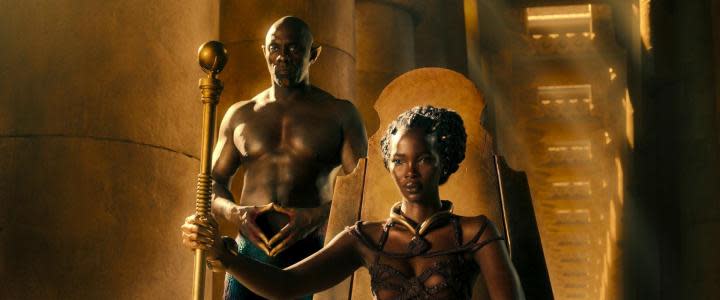
4. Three Thousand Years of Longing (2022)
MGM didn’t quite know what to make of Miller’s horny and heartbreaking fantasy starring Tilda Swinton as a lonely academic who accidentally releases hunky djinn Idris Elba from millennia of captivity. Filmed during the COVID-19 pandemic and released without a proper marketing push, Three Thousand Years of Longing recouped barely a third of its production budget at the box office.
That’s a terrible shame, as 3KYL is one of the most emotionally complex and visually striking works in George Miller’s filmography. It’s a truly adult fairy tale, not only due to its sexual content but because it centers around the adult anxieties around death and the death of wonder. Can magic survive in our modern world? If not, what hope does love have?
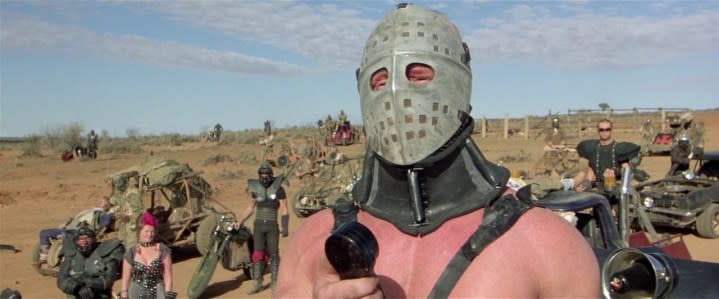
3. Mad Max 2: The Road Warrior (1981)
Though the 1979 original kicked off the saga of Max Rockatansky, that film takes place in a recognizable world with restaurants, gas stations, cops and robbers. In the postapocalypse of The Road Warrior, only the robbers remain. This loose sequel to Mad Max doubles down on George Miller’s “silent movie with sound” philosophy, telling a simple story through striking images and choreographed automotive action. (There is dialogue, but you don’t need it.)
Though there’s arguably nothing here that Miller wouldn’t improve upon decades later, The Road Warrior is profound on a primal level, a story about clinging to humanity under inhumane conditions.
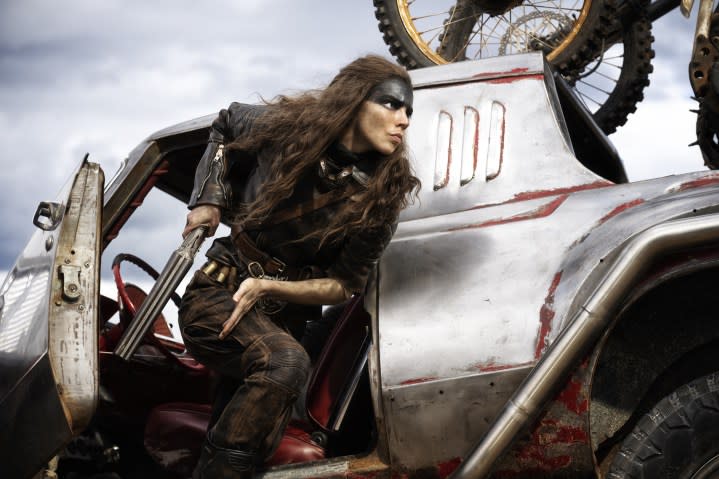
2. Furiosa: A Mad Max Saga (2024)
Nine years after the colossal critical and commercial success of Fury Road, Miller braved another return trip to the Wasteland, this time presenting the backstory behind that film’s breakout character. Furiosa is a decade-spanning revenge epic that’s grander in scope than any previous Mad Max film, and still has no shortage of spectacular vehicular violence.
It’s neither as groundbreaking nor as emotionally powerful as Fury Road, but it’s thematically resonant with Miller’s work as a whole, another story of someone who is dropped into a miserable world that rewards selfishness but who still chooses to care about other people. Above all, Furiosa demonstrates that the world of Mad Max is ripe with story potential and doesn’t necessarily depend on any one character to thrive.
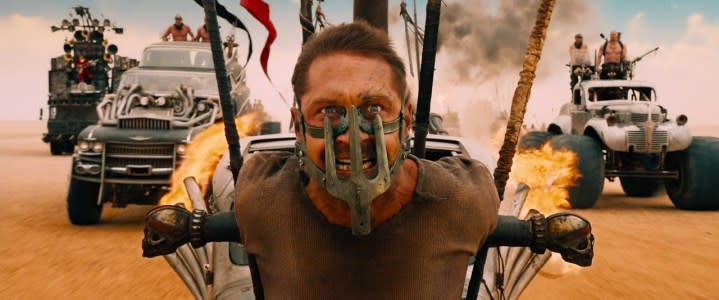
1. Mad Max: Fury Road (2015)
If the original mission of Mad Max was to recapture the joy and clockwork perfection of Buster Keaton, soak it in gasoline, and set it on fire, then Fury Road is where the burning trail of fuel reaches the fireworks factory. If all that sound and fury had signified nothing, if Fury Road were merely a perfectly constructed 90-minute car chase that pushed the boundaries of practical photography in the digital age, that alone would make it one of the raddest films ever made.
Miraculously, Fury Road has substance to match its spectacle. Through the medium of a relentlessly paced action masterpiece, Miller delivers a rallying cry across genders to fight against patriarchal and oligarchical oppression, not only giving audiences an iconic heroine to rally behind but also the story of a shattered, apathetic man who finds new hope and purpose in that heroine’s quest for freedom. If Mad Max: Fury Road doesn’t make you want to rage against the machine, then you’re probably the machine.

